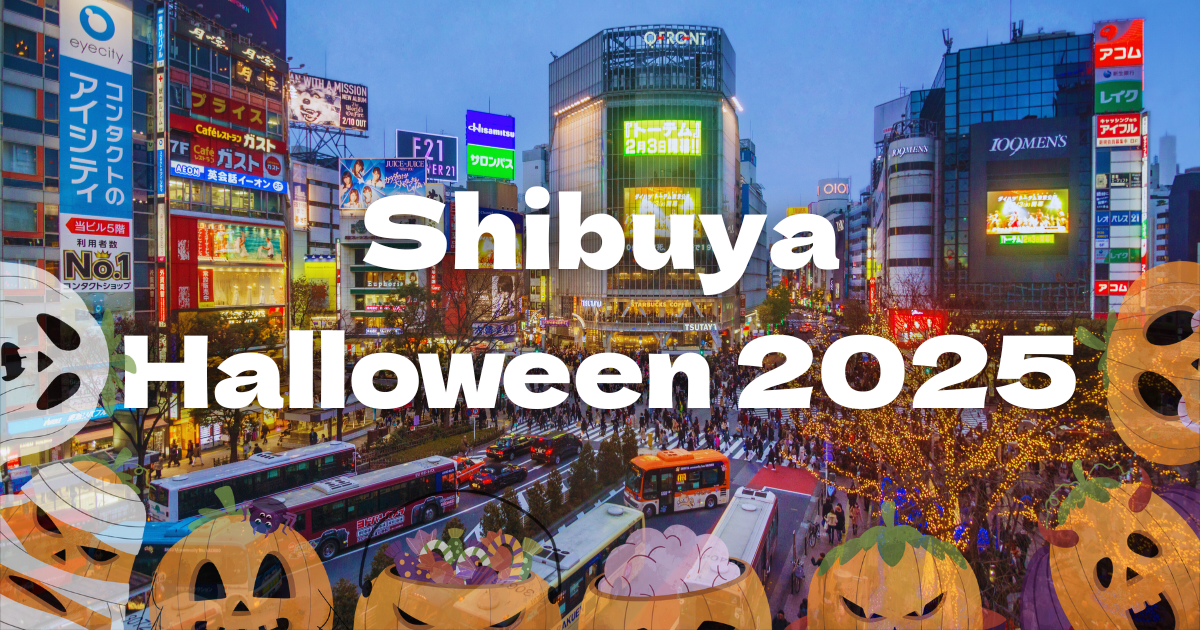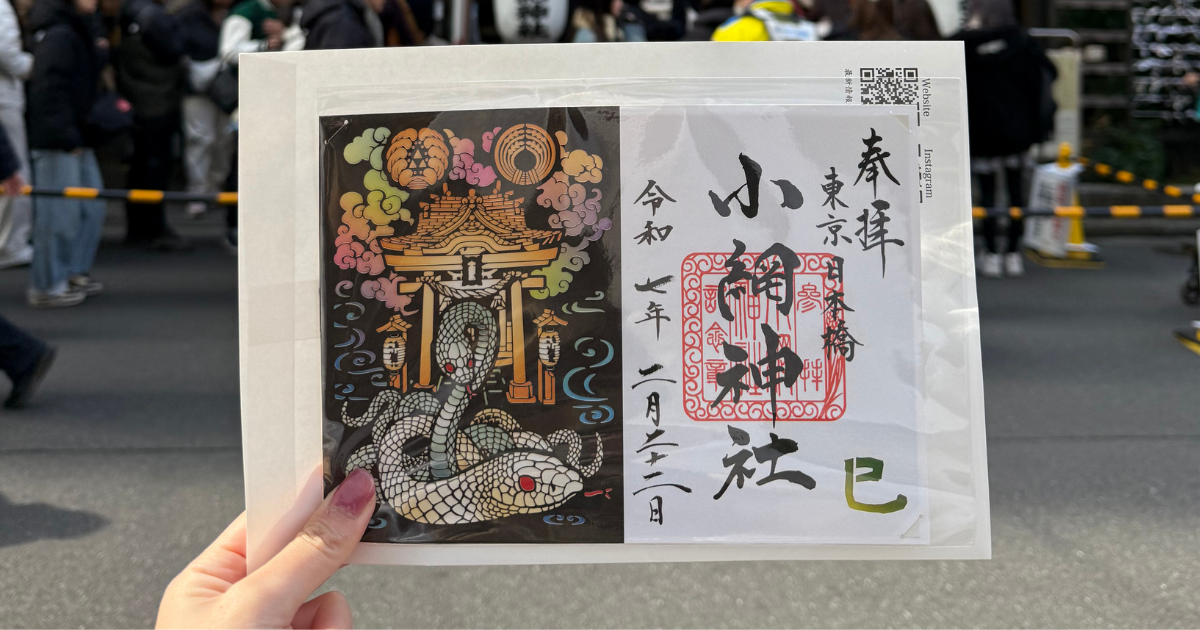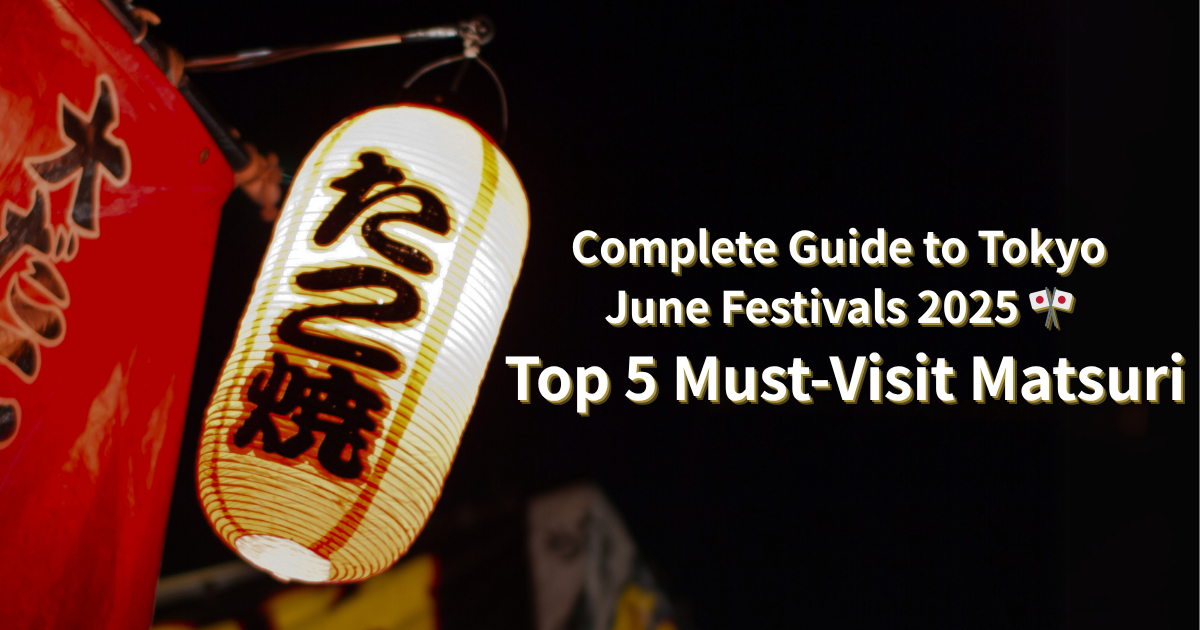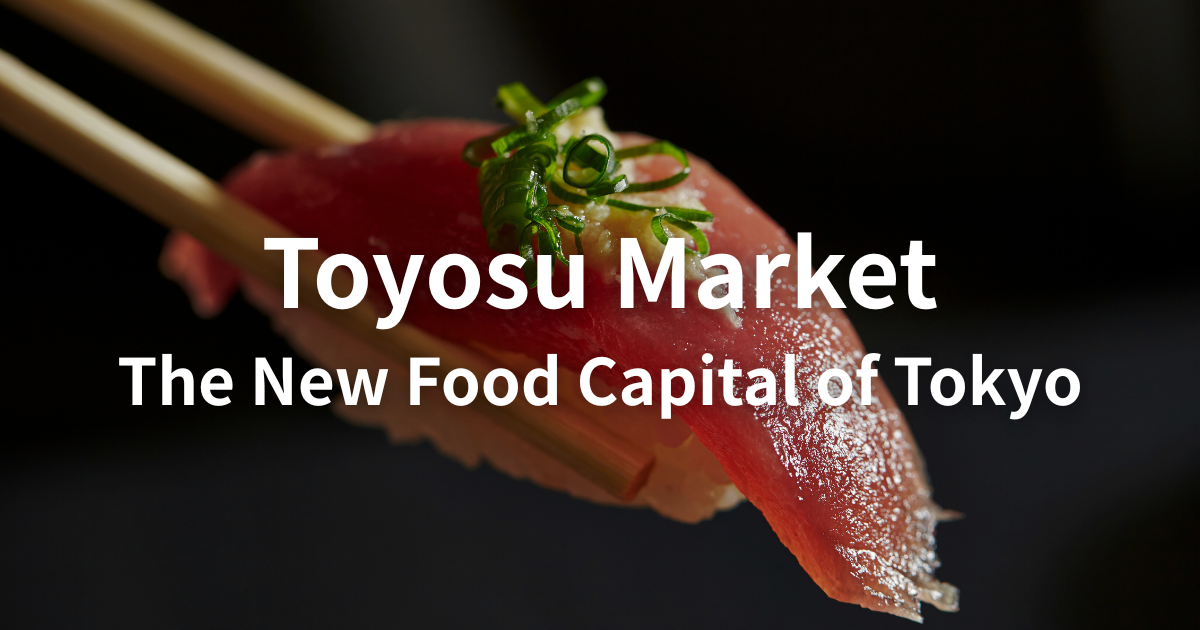NEWS BLOG
![]()
![]()
Meiji Jingu: Where modern Tokyo meets an imperial past
August 28, 2025
Step beneath the torii of the majestic Meiji Jingu Shrine (明治神宮) and Tokyo changes completely. Here, in the city’s beating heart, is a place not only of stillness but of deep reverence, in dedication to Emperor Meiji and Empress Shōken, whose reigns carried Japan from seclusion into the modern world. To step through is not merely to pleasantly walk through the first. It is the capital’s most sacred Shinto shrine, where the nation still bows in honor of its first modern sovereigns.
First completed in 1920, the shrine was built with donations from every corner of the young empire with timber, stone, copper, and even labor freely given. Though destroyed during the war, it was carefully rebuilt by 1958, a testament to the enduring devotion that remains to this day. Weddings here remain deeply traditional, with shiromuku-clad brides and solemn Kannushi passing through courtyards that have seen a century of prayer. On New Year’s alone, millions come to pay respects, such is the prominence this sacred forest has within Japan’s living memory.
The forest is extraordinary. It was “man-made” with 100,000 trees yet feels ancient despite that. But the forest is a path, not a destination. It frames your approach to the main sanctuary, where worshippers bow and clap in gratitude, where imperial spirits are enshrined, and where the weight of the dynasty feels tangible in the cedar air.
How to visit with respect (小さな作法)
• Bow lightly before and after passing the torii. Keep to the sides—the center is for the kami.
• Purify at the temizuya: left hand → right hand → rinse mouth (but do not drink) → cleanse ladle.
• At the sanctuary: two bows, two claps, silent prayer, one final bow.
• Move quietly; do not obstruct wedding processions; no food or casual photos in sacred zones.
Facts for history lovers
• The forest once sheltered Tokyo’s citizens during air raids of WWII. Hidden under the fire-resistant canopy, many survived the bombings which razed the rest of the city.
• The shrine’s first torii was so large it became a national record. Today’s massive gate, though not the original, is carved from 1,500-year-old Kiso cypress.
• Look closely at the kazaridaru (sake barrels) offerings on the southern approach. They come not only from Japanese brewers, but partners abroad. It is representative of Japan’s international ties in the modern day.
• Inside the Meiji Jingu Museum are imperial artifacts rarely seen elsewhere, including the carriage used for the Emperor’s procession and Empress Shōken’s handwritten poetry. They serve as intimate reminders of the imperial couple’s time on this earth.
• Each year, priests perform rituals to renew the shrine’s sacred attire and implements, echoing court tradition from pre-history.
Tag your location (明治神宮/Meiji Jingu) and save this info for your Tokyo travel guide or itinerary. Remember: To visit is not simply to sightsee. It is to step into Japan’s spiritual center, where both history and piety intermingle.
あさみどり
澄みわたりたる
大空の
広きをおのが
心ともがな
– 明治天皇
The spacious sky
Spans serene and clear
So blue above,
Oh, that our soul would
Grow to become so open.
– Emperor Meiji
If you liked this article,
give it a like!
-

"Beyond Tsukiji!? The Grilled Fish Delight at Shinpachi Shokudo
No need to travel all the way to Tsukiji or...
-

Halloween in Shibuya: What to Know, What to Avoid, and How to Enjoy It
You’ve heard of it. We’ve heard of it. Everyone has...
-

Washing Money
目次 1. Have You Ever Tried Washing Money at a...
-

🌸 How to Book a Tour with TABIBIYORI – An Easy 3-Step Guide!
目次 📲 Contact Us via Your Preferred Messaging App or...
-

Tokyo Comes Alive in June! Don’t Miss These 5 Matsuri
目次 1. Torigoe Matsuri2. Free Geisha Dances (Ozashiki Odori) in...
-

Washing Money
目次 1. Have You Ever Tried Washing Money at a...
-

Food Culture and Specialties at Tsukiji Market!
Tsukiji, known as Tokyo’s good culture center, is a treasure...
-

Toyosu Market – The New Food Capital of Tokyo
Toyosu Market is Tokyo’s new central wholesale market, relocated from...
-

5 Unique Museums That You Can Find in Tokyo
Tokyo is home to some of the most prestigious museums...
-

5 Things to Watch Out For When Visiting Japan in the Summer
Japan is well-known for its four seasons. Spring is pleasant...

